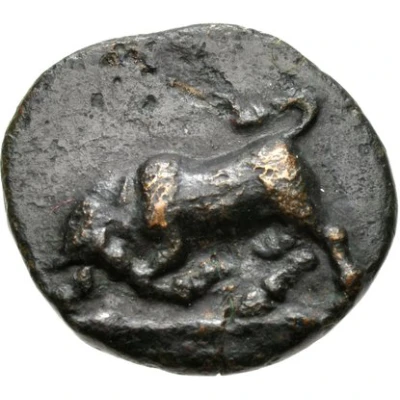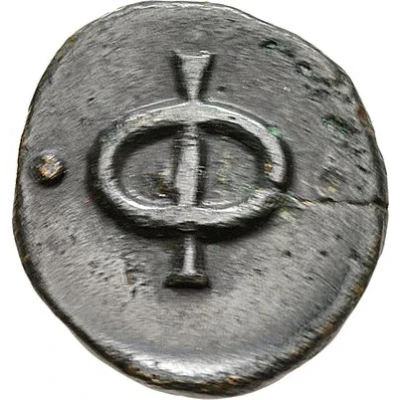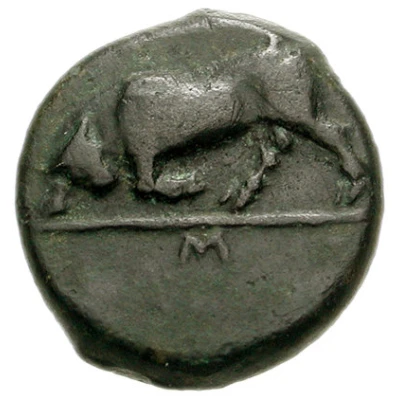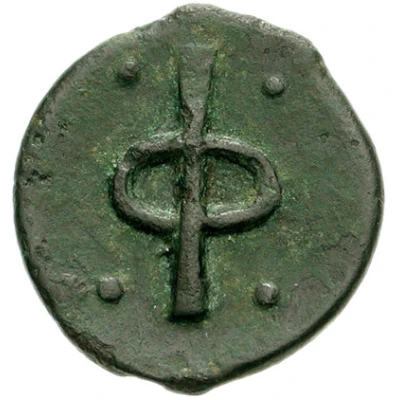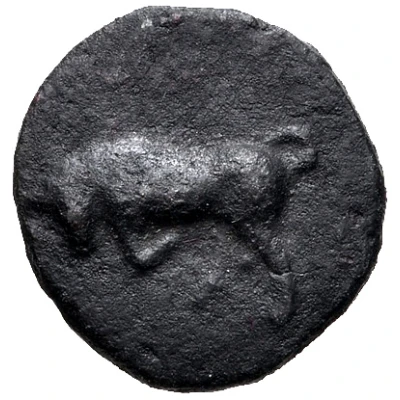
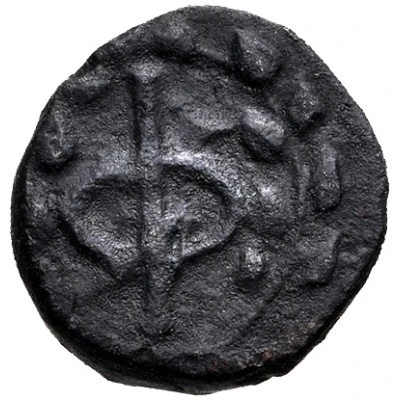

© Classical Numismatic Group, Inc.
Chalkon 280 BC - 270 BC
| Bronze | 1.56 g | 12.5 mm |
| Issuer | Phlious (Phliasia) |
|---|---|
| Type | Standard circulation coin |
| Years | 280 BC - 270 BC |
| Value | Chalkon (1⁄48) |
| Currency | Drachm |
| Composition | Bronze |
| Weight | 1.56 g |
| Diameter | 12.5 mm |
| Shape | Round (irregular) |
| Technique | Hammered |
| Demonetized | Yes |
| Updated | 2024-10-10 |
| Numista | N#143571 |
|---|---|
| Rarity index | 100% |
Reverse
Large letter Φ within wreath with six inner leaves
Comment
BCD Peloponnesos II 2043.
Interesting fact
The Chalkon coin was used as a form of currency in ancient Greece, specifically in the city-state of Phlious (Phliasia) during the 3rd century BC. Despite its small weight of 1.56 grams, it was widely accepted as a medium of exchange and played a significant role in the economy of the region. Its design featured the image of a horse on one side and a flower on the other, which symbolized strength and prosperity. The use of bronze in minting the coin was also significant, as it was a durable and widely available material that was well-suited for currency production at the time. Overall, the Chalkon coin is a fascinating piece of history that provides insight into the economic and cultural practices of ancient Greece.
